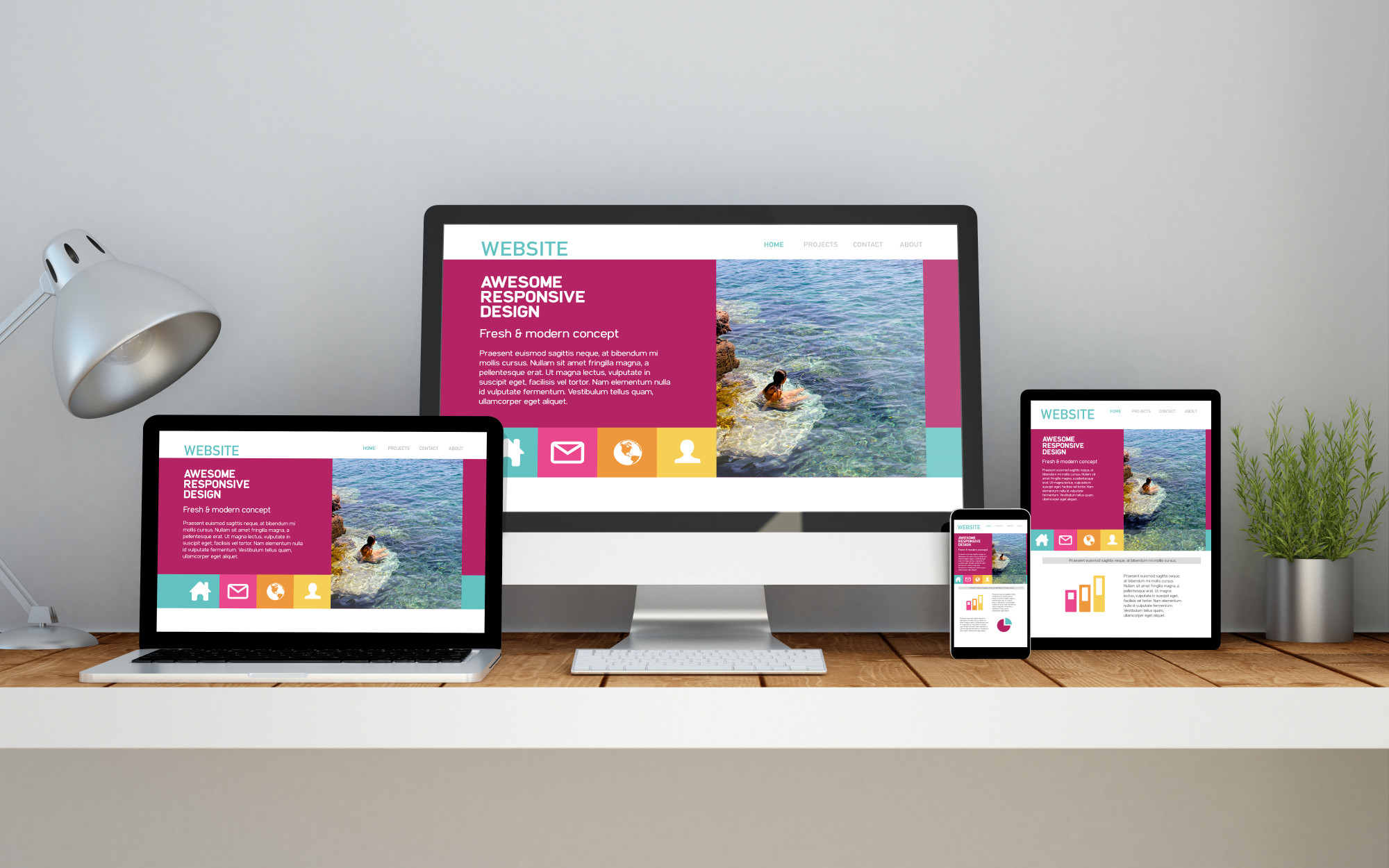Buzz Haven: Your Source for Trending Insights
Stay updated with the latest buzz in news, trends, and lifestyle.
Responsive Web Design: Because Nobody Likes Zooming In
Discover why responsive web design is essential for a seamless experience—say goodbye to zooming in and hello to effortless browsing!
Understanding the Basics of Responsive Web Design
Responsive web design is an approach to web development that ensures a website's layout and content adapt smoothly to various screen sizes and devices. This means that whether a user accesses a site on a desktop, tablet, or smartphone, the user experience remains consistent and visually appealing. The fundamental principle of responsive design is to create fluid grids and flexible images that scale appropriately, along with CSS media queries that detect the device's screen size. Employing these techniques allows for an optimized viewing experience that improves usability and increases engagement.
By embracing responsive web design, businesses can take advantage of several key benefits:
- Improved User Experience: With a design that adapts to any device, users are more likely to stay on the site longer.
- Cost-Effectiveness: One responsive site means less maintenance compared to multiple site versions for different devices.
- SEO Benefits: Search engines like Google prefer responsive sites, which can lead to better rankings in search results.

10 Benefits of Responsive Web Design for Your Business
In today's digital landscape, having a responsive web design is crucial for any business looking to thrive online. One of the primary benefits is improved user experience. A responsive website adapts seamlessly to various screen sizes, ensuring that users can navigate your site easily whether they are on a desktop, tablet, or smartphone. This adaptability reduces bounce rates, as visitors are more likely to stay engaged with content that is visually appealing and easy to read.
Another significant advantage is better SEO rankings. Search engines like Google prioritize sites that offer a good user experience, and a responsive design contributes to this by consolidating both mobile and desktop versions of your site into a single URL. This not only makes it easier for search engines to crawl your site but also enhances your overall SEO strategy by improving load times and increasing the likelihood of social sharing. In short, implementing responsive web design can lead to higher visibility and increased traffic for your business.
How Responsive Design Improves User Experience on Mobile Devices
In today's digital landscape, the importance of responsive design cannot be overstated, especially when it comes to user experience on mobile devices. A responsive design ensures that a website automatically adjusts its layout and content to fit the screen size of the device being used. This adaptability not only enhances readability but also makes navigation intuitive, keeping users engaged. For instance, buttons and links are appropriately sized, allowing for easy tapping without the frustration of misclicks. Ultimately, a well-implemented responsive design contributes to a seamless experience that encourages users to explore the site further.
The impact of responsive design on mobile user experience extends beyond aesthetics; it also affects loading times and overall site performance. Websites that are designed responsively often load faster because they streamline the amount of data being processed for different devices. This speed boost is crucial in retaining mobile users, as studies show that even a one-second delay can lead to increased bounce rates. Additionally, a responsive layout can help improve SEO rankings, as search engines favor sites that provide an optimized experience for users across all devices. In conclusion, investing in responsive design not only enhances user satisfaction but also provides tangible benefits for online visibility and engagement.